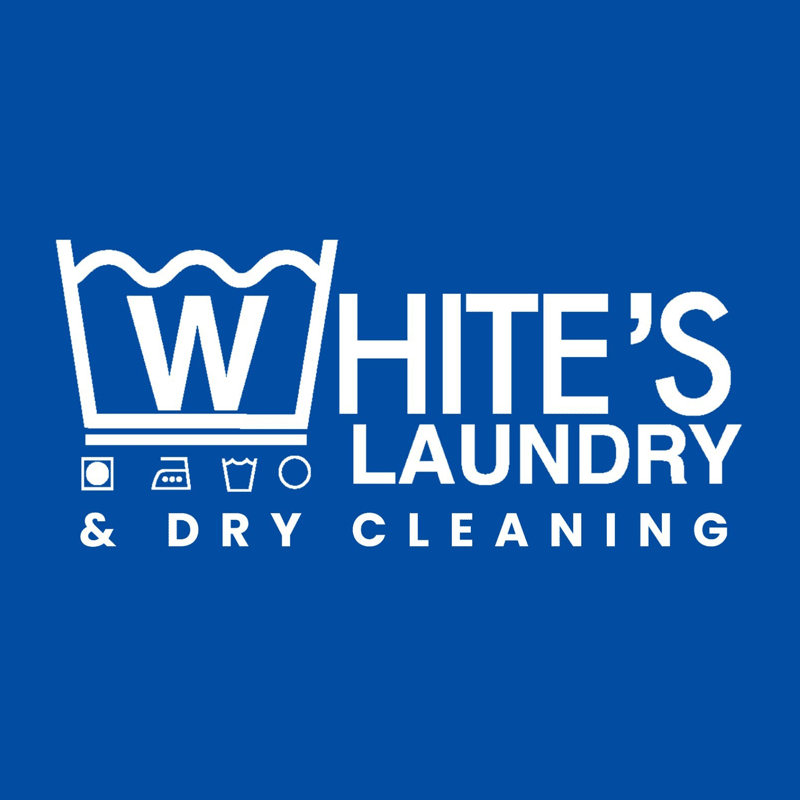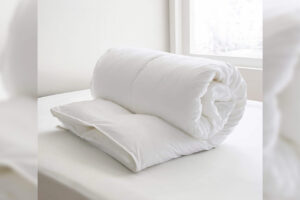Clothes alteration services are temporarily unavailable at all locations.
How to Read Clothes Washing Labels: A Simple Guide to Caring for Your Clothes
- By White's Laundry
- 27 October 2025
Have you ever looked at the tiny symbols on your clothes’ care tags and felt completely confused? You’re not alone. Most people glance at those washing labels and have no idea what they mean. Yet those little icons hold the secret to keeping your clothes looking fresh, soft, and long-lasting.
Learning how to read clothes washing labels isn’t difficult once you know what each symbol stands for. In this guide, we’ll break it all down for you, from washing and bleaching to drying, ironing, and dry cleaning, so you never have to guess again.
Why Laundry Labels Matter
Each garment has its own personality. A cotton T-shirt doesn’t need the same care as a silk blouse or wool sweater. That’s where laundry labels come in.
Clothing manufacturers include washing symbols based on the fabric’s composition and dye type. These symbols tell you the safest way to wash, dry, and iron your item so it maintains its colour, shape, and quality.
Ignoring these labels can lead to faded colours, stretched fabrics, or even irreversible damage. By learning how to read them, you’ll extend the life of your wardrobe and save money in the long run.
The 5 Main Sections of a Clothing Care Label
Most clothing care labels use five basic symbol categories, often listed in this order:
- Washing: How to clean the fabric (machine wash, hand wash, or do not wash).
- Bleaching: Whether bleach can be used and which type is safe.
- Drying: Instructions for air drying or tumble drying.
- Ironing: Whether you can iron the garment and at what temperature.
- Dry Cleaning: If professional cleaning is recommended.
Let’s go through each category so you can understand what those symbols really mean.
1. Washing Symbols: Machine, Hand, or No Wash
Washing symbols usually look like a small tub filled with water.
- Plain tub: Machine wash.
- Hand in the tub: Hand wash only.
- Number inside the tub: Maximum wash temperature (for example, 30°C means wash at 30 degrees).
- Crossed-out tub: Do not wash (the fabric may need dry cleaning instead).
- Lines under the tub: One line indicates a gentle cycle, and two lines mean a very gentle or delicate cycle.

Tip: Always wash delicate fabrics like silk, lace, or fine knits in cold water on a gentle cycle or by hand.
2. Bleaching Symbols: What’s Safe to Use
The bleaching symbol is a triangle.
- Empty triangle: You can use bleach safely.
- Triangle with two lines: Only non-chlorine bleach should be used (chlorine bleach can damage the fabric).
- Crossed-out triangle: Do not bleach.

If you’re unsure, always skip bleach or use a colour-safe, oxygen-based option to avoid damaging fibres.
3. Drying Symbols: How to Dry Your Clothes Properly
Drying symbols are among the most misunderstood, but they’re essential for preventing shrinking and misshaping. They are shown as a square, often with a circle or lines inside.
- Square with a circle: Tumble dry.
- Dots inside the circle: Heat setting (1 dot = low, 2 dots = medium, 3 dots = high).
- Crossed-out circle in square: Do not tumble dry.
- Horizontal line inside square: Dry flat (perfect for wool and knits).
- Curved line at the top of square: Line dry (hang to dry).

Tip: Avoid tumble drying clothes with elastic, silk, or delicate embroidery, they last longer when air-dried.
4. Ironing Symbols: How to Keep Clothes Wrinkle-Free
The ironing symbol looks just like an iron.
- Iron icon: Safe to iron.
- Dots inside: Represent heat levels (1 = low heat, 2 = medium, 3 = high).
- Crossed-out iron: Do not iron (the fabric may melt or get damaged).
- Steam lines under iron: Steam can be used.

Always check your iron’s temperature settings. For instance, synthetic fabrics like polyester need low heat, while cotton or linen can handle higher temperatures.
5. Dry Cleaning Symbols: When to Leave It to the Experts
Dry cleaning symbols appear as a circle, sometimes with letters inside.
- Empty circle: Dry clean only.
- Circle with letter P or F: Refers to the type of solvent professional cleaners should use.
- Crossed-out circle: Do not dry clean.

If your label says “Dry Clean Only,” it’s best not to risk washing it at home. Professional cleaning will ensure your garment’s shape, texture, and colour stay intact.
Tips for Remembering Laundry Symbols
Once you get the hang of it, reading care labels becomes second nature. Here are a few tips to make it easier:
- Print or save a reference chart on your phone or laundry room wall.
- Sort clothes by care type before washing.
- When unsure, choose cold water and gentle cycles. Cold water is safer for most fabrics.
- Use laundry bags for delicates like lingerie, silk tops, or embellished clothes.
- Avoid overloading your washing machine. It prevents proper cleaning and causes wear.
Common Laundry Label Mistakes to Avoid
Even with good intentions, it’s easy to make small mistakes that harm your clothes over time. Here are a few to watch out for:
- Washing all clothes in hot water.
- Ignoring “Do Not Tumble Dry” warnings.
- Using bleach on coloured fabrics.
- Ironing without checking the fabric type.
- Overlooking “Dry Clean Only” tags.
Each fabric is different, and even a small symbol can make all the difference between a favourite piece lasting years or shrinking after one wash.
Conclusion
Learning how to read clothes washing labels may seem minor, but it’s one of the best ways to protect your clothes, save time, and reduce waste. By following the instructions on the label, you’ll keep your garments looking fresh, soft, and beautifully maintained.
If you ever come across delicate, designer, or sentimental clothing that you’re unsure how to handle, it’s always safer to trust a professional.





